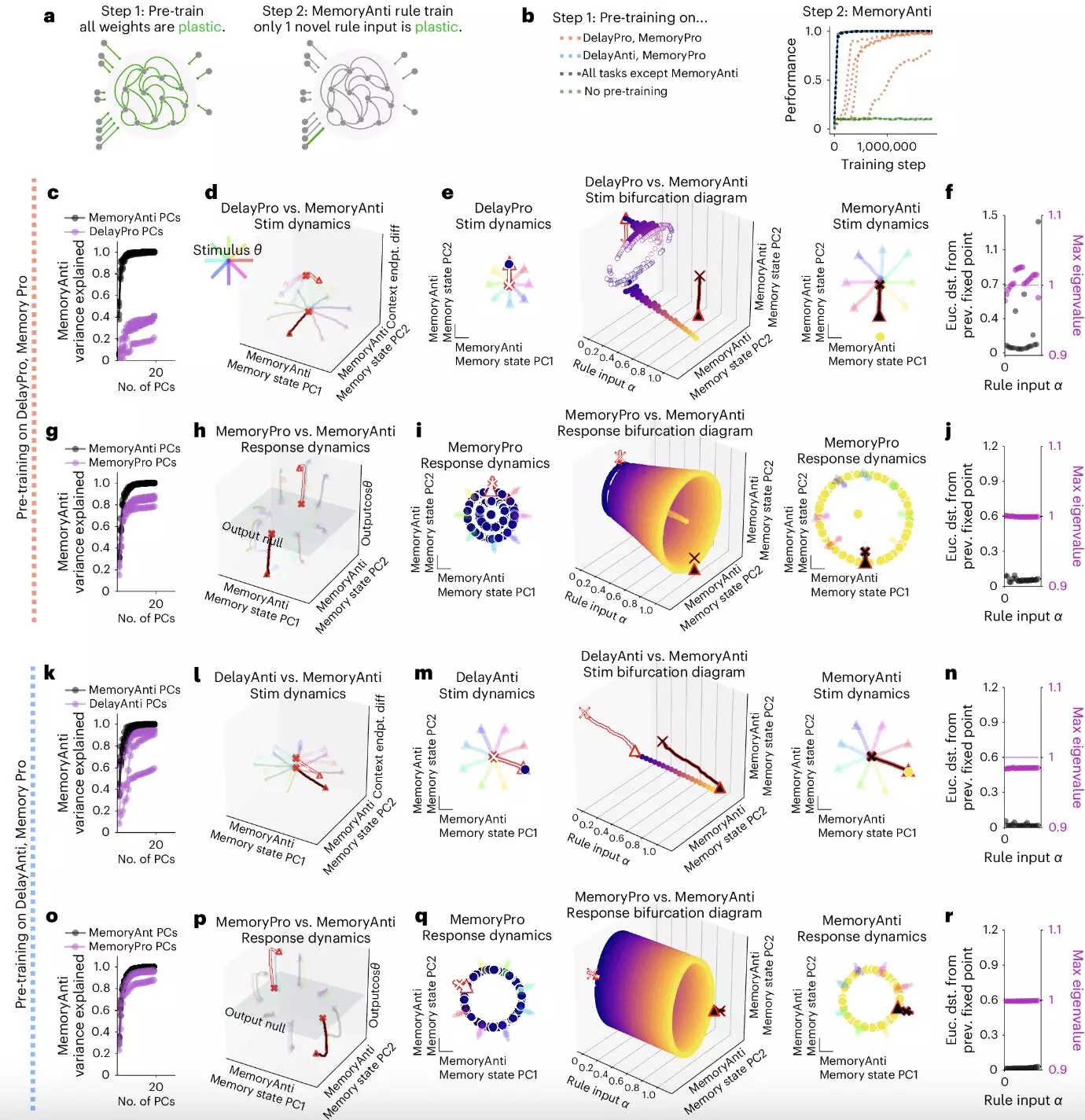Cognitive flexibility, the ability to quickly switch between different thoughts and concepts, is a valuable human trait that allows for multitasking, skill acquisition, and adaptability. While artificial intelligence (AI) systems have made great strides in recent years, they still lack the same level of flexibility as humans when it comes to learning new skills and switching between tasks.
A group of researchers from New York University, Columbia University, and Stanford University took on the challenge of training a single neural network to perform 20 related tasks. Their study, published in Nature Neuroscience, aimed to uncover the mechanisms that enable neural networks to perform modular computations, allowing them to tackle a variety of tasks seamlessly.
Understanding Modular Computation in Neural Networks
Laura N. Driscoll, Krishna Shenoy, and David Sussillo, the researchers behind the study, identified an algorithmic neural substrate that supports modular computation in artificial neural networks. They introduced the concept of “dynamical motifs,” recurring patterns of neural activity that facilitate specific computations through dynamics such as attractors, decision boundaries, and rotations.
Through their analyses, Driscoll, Shenoy, and Sussillo found that dynamical motifs in convolutional neural networks are implemented by clusters of units with positive activation functions. They also discovered that lesions to these units hindered the networks’ ability to perform modular computations. The researchers observed that these motifs could be reconfigured for fast transfer learning after an initial learning phase, indicating their fundamental role in compositional computation.
The findings of this study shed light on the neural processes underlying cognitive flexibility and provide insights into how artificial neural networks can be optimized to handle multiple tasks effectively. By identifying the key substrate of convolutional neural networks that enables modular computations, this research has the potential to inform future studies in neuroscience and computer science. It may lead to the development of new strategies that emulate the cognitive flexibility observed in biological neural circuits, ultimately advancing the field of artificial intelligence.


Leave a Reply